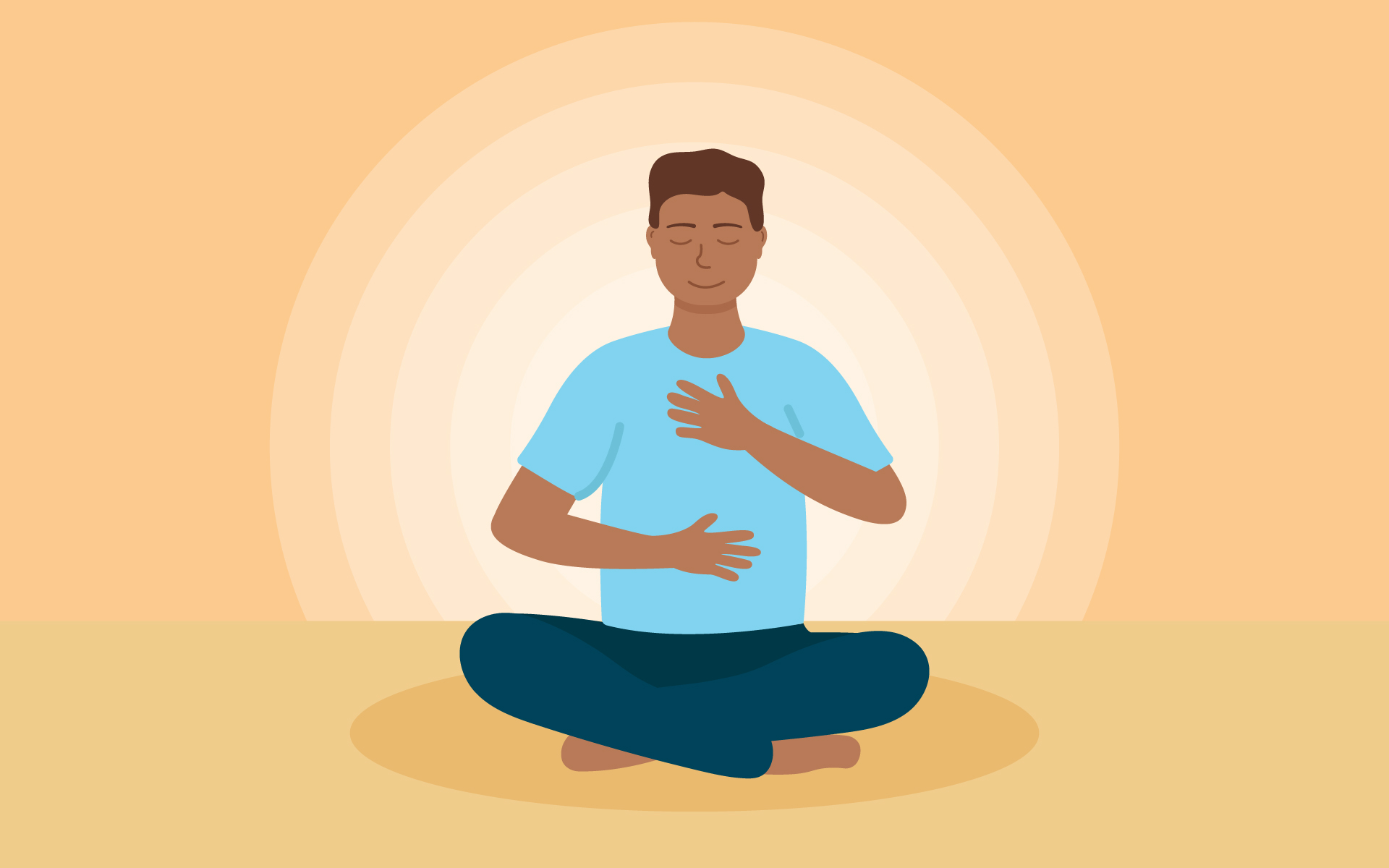Those ubiquitous “fidget spinners” that have invaded classrooms and dinner tables across the world have been spinning controversy since they first swirled onto the scene a few months ago. Some defend them as “smart fidget toys” helpful for kids with anxiety, ADHD, and other attention disorders, while others decry them as a nuisance that do more to distract than calm. Some schools have even banned them outright. But what’s the real story: mindful or mindless?
If you live or work with kids, you’re aware that fidget spinners occupy a fleeting moment in a decade-long trend of toys geared toward burning off distraction—for kids and adults alike. These toys make claims about soothing anxiety, restoring focus, etc. With controversy mounting about the benefit of fidget toys, we took a look into the research.
Focus is focus, whether you’re sitting quietly attended to the sensations of your breathing or concentrating on the felt characteristics of a spinner.
Our brains are all wired to work differently. Some of us need the stony silence of a library to get our work done, others need the hum of a coffee shop to stay productive. Some of us need to settle into the comfy couch, others need a straight backed chair. We all have a friend who takes a break every fifteen minutes, and that one we envy who can sit still for hours on end getting work done.
What the Research Says About Why We Fidget
Some research suggests kids with ADHD focus better when they’re allowed to move, but this was larger movements like bouncing on an exercise ball, and not so many studies have looked at fine motor movement like holding a fidget toy in one hand while working. Still, others found that the more movement, the better focus on certain tasks for kids with ADHD. One preliminary study looked at stress balls, but a lot of the evidence came from the kids themselves reporting they could focus better, and didn’t look at kids with learning or mental health issues more specifically. Another study found some anxiety relief by squeezing stress balls while getting minor surgery. Clearly more research needs to be done.
Still, these case studies don’t explore what it’s like for students trying to focus in a classroom of whizzing, whirling fidget spinners. And even if it helps one kid in a class focus or settle down, what about other kids who can’t keep their eyes off their classmate’s fluorescent flying saucer? Additionally, as researcher Katherine Isbister points out in Scientific American, fidget spinners require hand-eye coordination whereas other fidget toys are “more classroom-ready and less distracting.”
Research is preliminary and ongoing, but from our experience as therapists, we’ve seen firsthand how children benefit from fidget toys. Since we both practice mindfulness, it was a natural next step for us to introduce some mindful games for fidget spinners:
Five Mindful Games for Fidget Spinners
1) Meditation Timer Spinner
Focus is focus, whether you’re sitting quietly attended to the sensations of your breathing or concentrating on the felt characteristics of a spinner. Take your spinner and put some fun into building focus by:
- Position your spinner on the tip of an index finger and give it as solid a spin as possible. Really get it going!
- Gently close your eyes.
- Rest your attention on the sensations of your breath.
- Your spinner is now your “meditation timer”—continue focusing on your breathing. Your meditation “micro-session” will end when the spinner comes to a rest on your finger.
- If you get distracted by sounds, other sensations, or even thoughts like “This spin was lame—I can do so much better,” don’t worry about it—just gently bring your focus back to the feeling of your breath.
- Open your eyes and maybe go for another spin!
2) Engage Your Senses
- Spin again… but this time engage the senses. Your mind might race to the past or future, but your senses bring you back to the present.
- Try to focus on what the spinner looks like as it’s moving and speeding up or slowing down, or the sound of it spinning and shifting speed. You can also close your eyes and feel the vibration of the spin against your finger or fingers.
- See if you can hear or feel when the spinner slows and stops, not just see when it does. Whichever sense you use for an anchor, keep bringing your mind back to that to strengthen those concentration “muscles” and come back to the present.
3) Spin Out of Autopilot
One fun way to bring more attention to anything we do mindlessly or on autopilot is to try to do things with our non-dominant hand. Explore how the spinning feels different and awkward with your other hand, notice also how and where the senses and the self-talk change when we try to do something more difficult.
4) Spin an Intention
Gaze at your spinner resting on the tip of your finger. Before giving it a good spin, make a kind wish or set an intention, (like “less stress before that math test” or “moving on to better things after the break up”) to each “spoke” of your spinner. The wishes can be either for yourself, a friend, or (if you dare) someone who has recently been getting under your skin.
Send the spinner for a whirl and repeat the wishes silently to yourself until it comes to a rest. As the spinner turns, visualize it sending these wishes out into the universe, letting them ripple out in all directions. Afterwards, pause and notice how you feel.
5) Dr. Distracto
Play “Dr. Distracto” with a friend and test each other’s powers of concentration in a fun way:
- One person begins spinning on one finger.
- The spinner’s job is to maintain focus and balance on either the sight, sound, or feel of the spinner REGARDLESS of what the other player—“Dr. Distracto”—does to throw off their focus.
- During the spin, Dr. Distracto will try jokes, goofy voices, animal noises, and more to distract the spinner into dropping the toy. Of course, we’d advise guidelines like no touching or nasty insults. The point is to build focus and have fun, not provoke a fight!
- Take turns as “spinner” and Dr. Distracto until you’re thoroughly spun out for now!
These are just some tried and true mindful uses of spinners—we’ve used these activities with our own kids and therapy clients to good effect. Though we have no financial stake in spinners (we swear!), we, as mindfulness authors and teachers, want to harness any tools we can to make mindfulness accessible and help it stick with both kids and adults.







